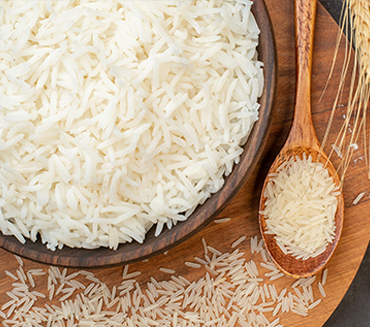Introduction: Rice is a staple food consumed worldwide, and while basmati rice has gained significant popularity, Exploring the World of Non-Basmati Rice is a category that deserves attention. In this comprehensive guide, we will delve into the world.
Exploring the World of Non-Basmati Rice: A Diverse Range of Grains
Rice is definitely one of the priAugy staple foods in India. Therefore, the quality of the meal is highly important for good health. Basmati rice is often called the queen of scents. It contains an alluring fragrance that enhances the tastes of dishes. There are a variety of basmati rice. The most common varieties of basmati rice are brown and white. Both have a distinct aroma. Among these, white basmati is the most processed. Both types make for a delicious and healthy addition to your diet. Brown and white basmati rice provide you with many health benefits. Such as:
Cooking Exploring the World of Non-Basmati Rice requires different techniques depending on the type of rice.
From Farm to Fork: The Journey of Exploring the World of Non-Basmati Rice
To appreciate the quality and freshness of Exploring the World of Non-Basmati Rice, it’s essential to understand its journey from the farm to your plate. We will explore the cultivation process, harvesting techniques, and post-harvest treatments that ensure high-quality rice reaches consumers worldwide.
Nutritional Value and Health Benefits
Contrary to common misconceptions, Exploring the World of Non-Basmati Rice offers a range of nutritional benefits. We will uncover the essential nutrients present in Exploring the World of Non-Basmati Rice and discuss how it contributes to a healthy diet. Whether you’re seeking fiber, carbohydrates, or specific vitamins and minerals, Exploring the World of Non-Basmati Rice can be a valuable addition to your meals.
